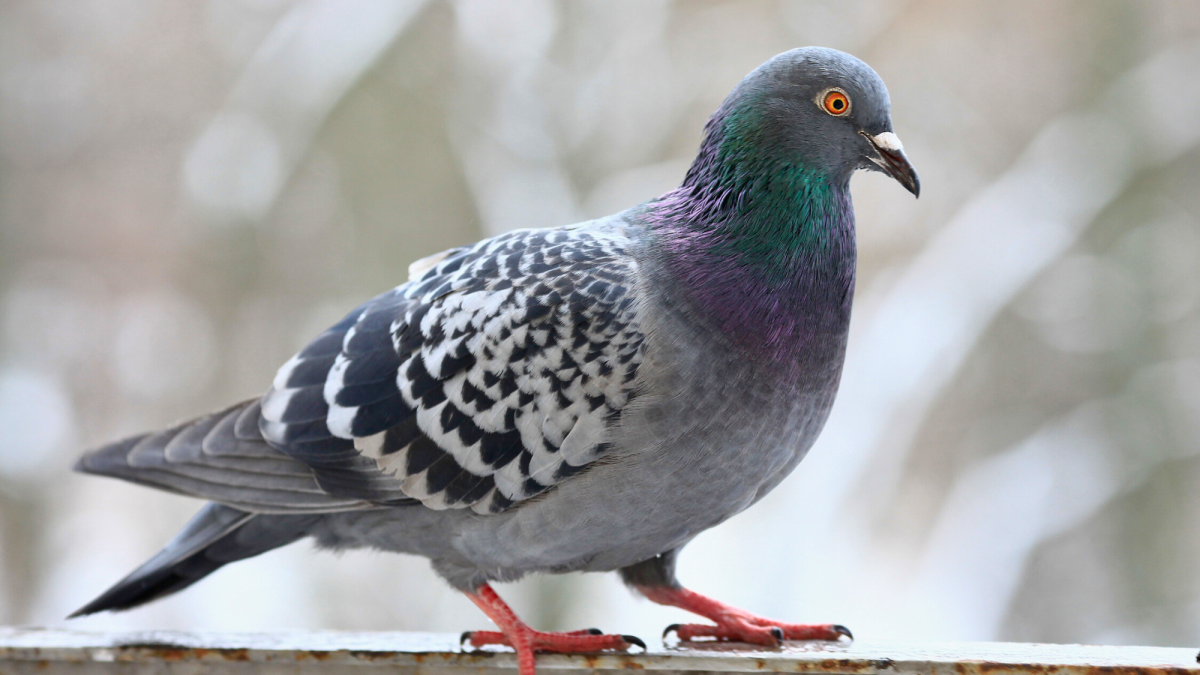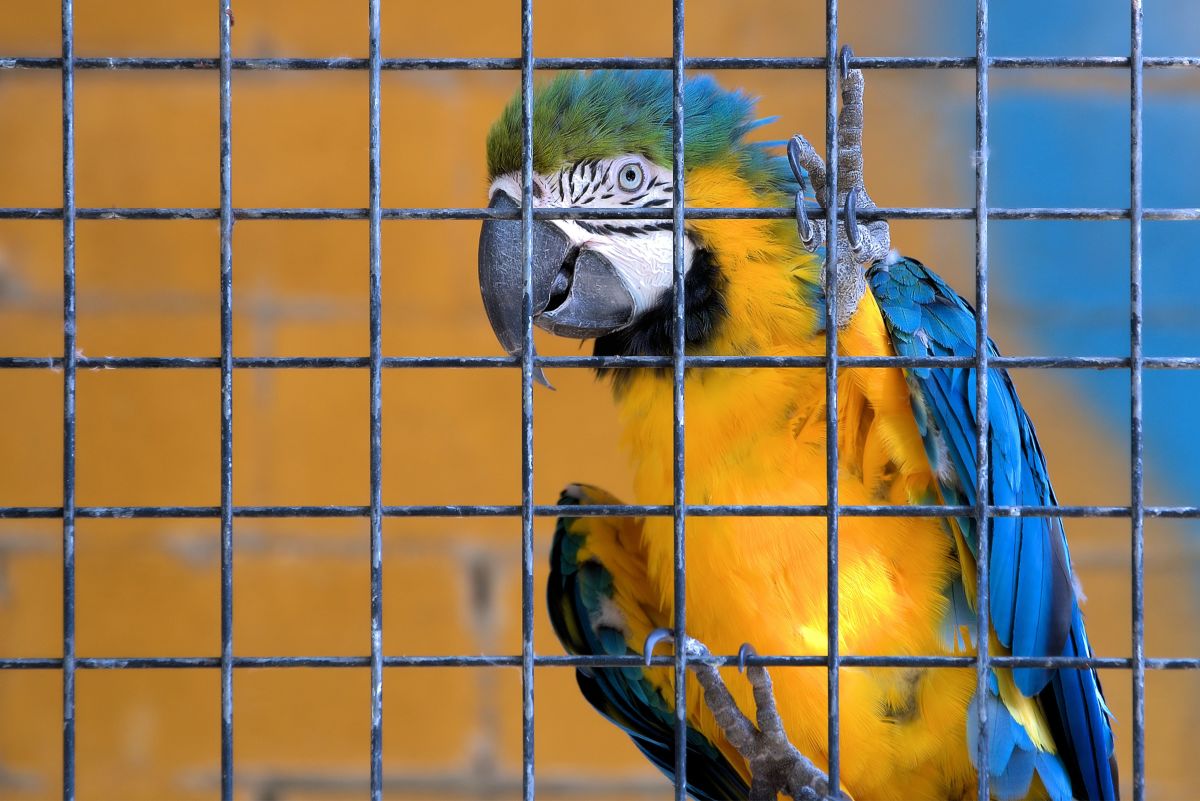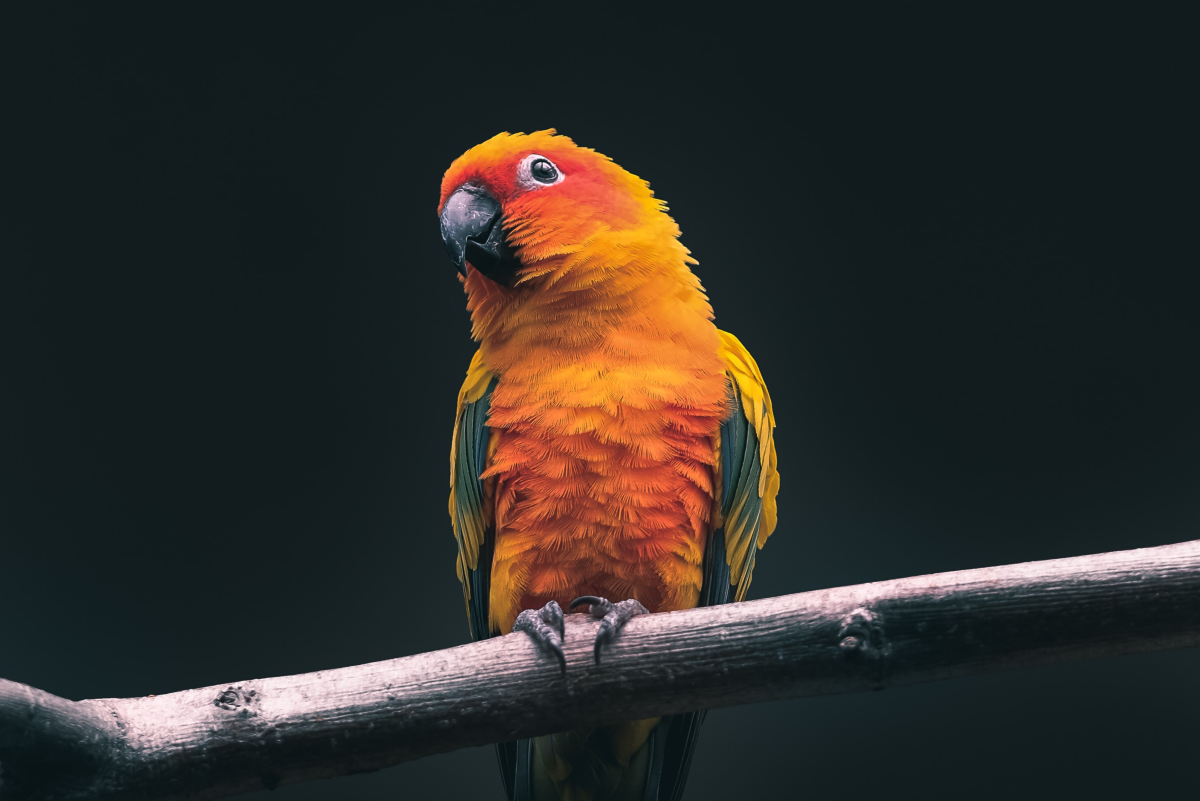G.I. Joe, the Hero Pigeon of World War II
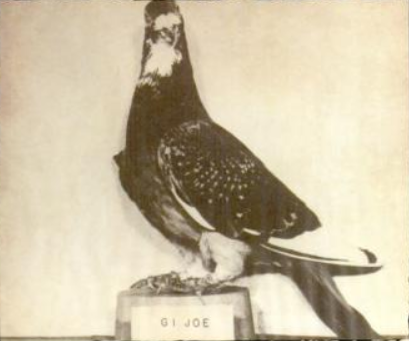
The United States Army Pigeon Service, also known as the Signal Pigeon Corps, was in operation for decades. Primarily at Fort Monmouth in New Jersey and Camp Crowder in Missouri, birds were trained to use their homing skills for important military tasks.
Designated as 'war pigeons' by their handlers, the feathered soldiers remained a critical element to the Army's efforts long after radios became commonplace. One of the most dramatic examples of their importance from a World War II bird named G.I. Joe.
Was deployed for the Italian Campaign

The pigeon who was officially registered as 'Pigeon USA43SC6390' hatched from his egg in Algiers, Algeria in the midst of the North African Campaign. But he would be better known by his nickname of 'G.I. Joe' by his human teammates in the Armed Services and later by the general public. After completing the required training to become one of their carrier pigeons, G.I. Joe was sent to Tunisia and eventually to Italy by the Army for the relaying of messages between Allied Forces.
When G.I. Joe was about seven months old, he was on a mission with approximately 1,000 Allied troops to liberate the village of Calvi Vecchia near Naples from the German occupiers. That mission would be a resounding success, but there was a big problem.
Through a series of events and miscommunications. an American-led air raid on the village was imminent. Attempts to send radio messages alerting that raid was no longer needed failed and there was not enough time to evacuate the civilians and combatants before the bombs were set to drop on Calvi Vecchia.
As a long-shot last ditch attempt to avert disaster, Allied soldiers attached an urgent message to G.I. Joe and sent him in the direction of the base where the air attack was readying to commence. Odds were slim that he would make it in enough time. But he did.
G.I. Joe remarkably made a flight of about 20 miles in as many minutes. The messages reached the necessary authorities just in time and the attack was ordered to a halt just as the planes were taxiing on the runway for takeoff.
Thanks to his speedy flight, the determined pigeon was credited with saving countless lives. In the months and years afterward, G.I. Joe and his fellow aviary soldiers continued to serve admirably, assisting in what would be a victorious outcome for the Allies in the Second World War.
G.I. Joe was bestowed with the highest decorations available for military animals
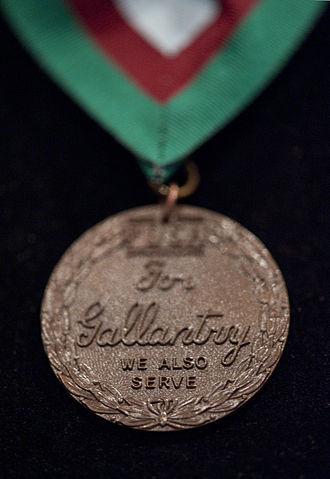
In 1946, a ceremony was held at the Tower of London in which a very grateful British Army Major-General Charles Keightley along with Lord Mayor Bracewell Smith presented G.I. Joe with the Dickin Medal. Meant to be an animal equivalent of the Victoria Cross, the Dickin Medal is the highest award for gallantry that can be given by the United Kingdom to animals who served with the military or civil defense forces.
G.I. Joe was the first recipient of the medal to come from a non-British unit. Afterward, he was retired to live out a life of luxury befitting that of a war hero. First at a special loft at Fort Monmouth and later in Michigan at the Detroit Zoo, where he passed away in 1961.
G.I. Joe's remains were preserved and put on display for tribute at the U.S. Army Communications Electronics Museum after his passing. He has since been relocated to the U.S. Army Heritage and Education Center.
In 2019, an American version of the Dickin Medal was finally instituted in the United States. Similar to the previously established decoration in the U.K., the Animals in War & Peace Medal is to their recipients what the Medal of Honor is to their human counterparts. G.I. Joe was posthumously honored as one of the award's inaugural recipients.

